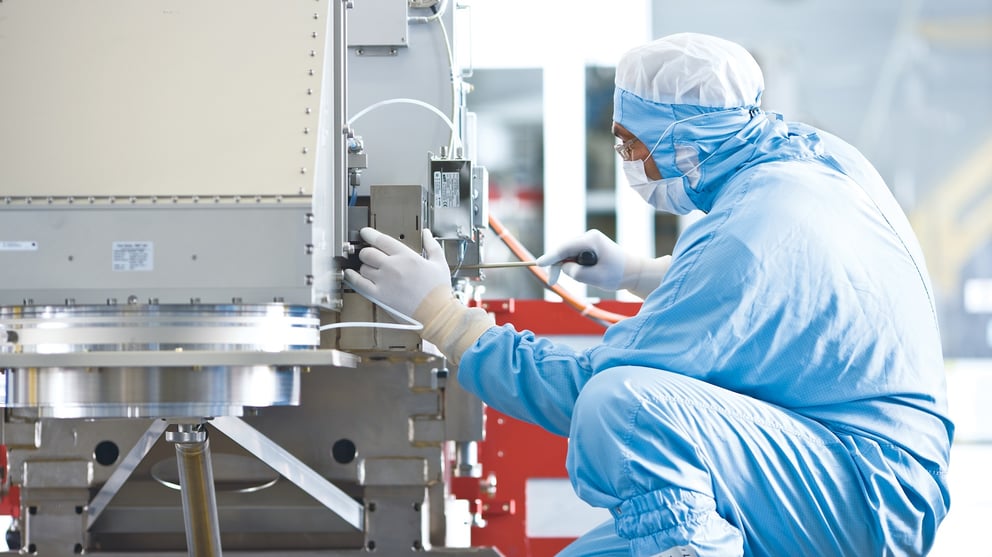A few years ago, the electric car was thought of as an alternative to the combustion car, but soon the industry began to think about alternatives for the electric car itself. Then, hydrogen seemed the best option and the European Commission itself sought to promote its use, but it is a type of propulsion that had challenges ahead for which a solution was sought with “fuel cells.”
However, it seems that the electric car has been eating the toast of the hydrogen car. And Germany, a country that bet heavily on this type of vehicle, is suffering the consequences of the reality of hydrogen.
At idle. The hydrogen outlook in Germany does not look too encouraging. Beyond the hydrogen cars themselves and their refueling stations, a report from the German Association of Energy and Water Industries shows that planned hydrogen storage projects in the country remain significantly behind expected demand.
They admit that it is something that could affect the country’s attempts to move towards a renewable energy system, since they are not taking the appropriate steps in hydrogen storage facilities.
Skinny dog, everything is fleas. Apart from problems with hydrogen storage, incidents are also experienced with transportation. This is something that already affects the network of stations, such as those of H2 Mobility. It is the main operator of hydrogen stations in Germany, with about 70 public stations, which a few weeks ago had to report a bottleneck in its supply.
Due to a fire at a hydrogen filling center in Leuna, the service was unable to provide hydrogen continuously, affecting refueling stations in the eastern states of the country. Now, not exclusively to them, since they announced that, for at least two weeks, the stations in central and western Germany would also suffer from this bottleneck.
Stations without supply. It is complex to transport hydrogen, so it is not strange that leaks and fires occur both in the permanent supply network and in storage centers or in the trucks that transport it, but the incident mentioned a few lines ago is only one part of the problem.
The image you have on these lines corresponds to the H2 Live service, where you can check the status of the company’s hydrogen recharging stations in real time. The blue ones are those planned that will soon come into operation, the green ones are those that have supply and the red ones are those that do not.
Among those that do not, we can see those that are a simple red dot that have just run out of supply, but then we have those that show a question mark. The problem is detailed there, which basically alludes to the situation in Leuna (yet) or to the fact that they have not been able to refill the tanks yet.
Cierres. And although it is clear that the Leuna incident is temporary and that problems can occur, the news is not encouraging for H2 Mobility. On September 26, the operator announced that it was going to close six refueling stations in 700 bars at the end of this year. Among the reasons, they allude to the age of these stations, something that prevents them from being expanded to accommodate 350-bar charging points for buses and trucks, but they also state that “the expected acceleration of the passenger car did not materialize.”
That is why, mainly, the company has been moving towards 350-bar stations for larger vehicles, those that must travel the most kilometers and where electric alternatives are not yet a viable solution.
Future. Despite these misfortunes in German lands, the automobile industry continues to consider the hydrogen car as a good alternative to the electric one. With a mentality of not putting all our eggs in the same basket, we see that manufacturers like BMW already have a date for their hydrogen car, Renault has not closed the doors to this propulsion and Hyundai also has a launch date for its Initium.
Imagen | H2 Mobility
In WorldOfSoftware | Neither hydrogen nor electric, Stellantis is developing a new and efficient engine. Luckily, we won’t see it in Europe











